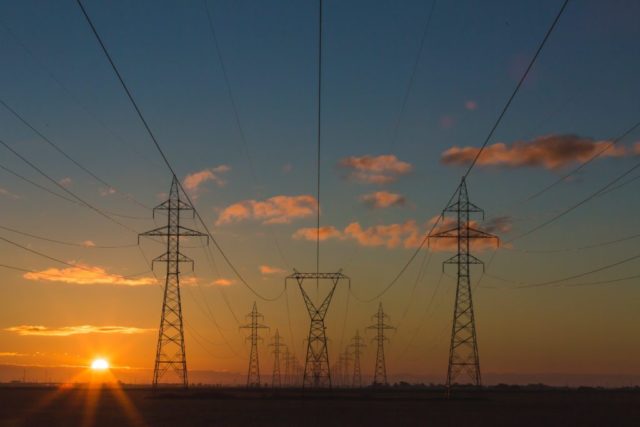In the last 20 years, the self-generation of energy by municipal companies and electric cooperatives in Costa Rica has been growing, which translates into lower rates for users in their areas of influence. This since the approval of Law 8345 on “Participation of rural electrification cooperatives and municipal public service companies in national development.”
According to data from the Public Services Regulatory Authority (ARESEP), the average residential rates at the end of 2021, charged by municipal companies and cooperatives, is ₡79.57 per kilowatt hour, for the benefit of almost 400,000 families.
“Municipal companies and cooperatives ensure 100% renewable energy production through 21 hydroelectric plants, 2 solar parks and 3 wind farms and to the extent that we can develop more projects of our own generation, we will be able to benefit from better rates electricity to families, commerce and industry in San Carlos, Cartago, Zarcero, Los Santos Zone, Heredia and Guanacaste,” said Erick Rojas, vice president of the Chamber of Energy and Telecommunications Distributors (CEDET).

A press release from CEDET specifies that this organization is made up of CONELECTRICAS R.L, COOPESANTOS R.L, COOPEGUANACASTE R.L, COOPELESCA R.L, COOPEALFARORUIZ R.L, the Heredia Public Services Company and the Cartago Electric Service Administrative Board.
Lower electricity costs than ICE
Cooperatives and municipal companies can develop their own generation projects as long as they have a lower cost than ICE, as well as make alliances with private companies.
The CEDET companies generated 9.39% of all the energy of the National Electric System (SEN) during the year 2021, still having a lot of growth potential since its users represent approximately 23.40% of the national electricity demand.
24% of the municipal companies meet their energy demand with their own generation (12.20% of the national demand and generate 2.93% of the SEN’s energy) and the cooperatives with 57% of their own generation (11, 20% of the national demand and generate 6.46% of the energy of the SEN).
Renewable electric model
“The solidarity and renewable electricity model has allowed that at a time when electricity prices in the world are at historical records, rates have remained stable in our country,” says Allan Benavides, president of CEDET.
Costa Rica is a world leader in power generation through clean sources of sun, wind and water, as indicated by the organization REN21, specialized in sustainable energy, this allows not to depend on hydrocarbons which increase in price due to political factors and are highly polluting.
Precisely at present, the United States and many European countries are experiencing an exorbitant increase in electricity bills, due to the constant rise in the cost of oil and political instability, causing blackouts and social problems.
International examples
As an example, in Italy, Germany and France during the months of July and August the prices of electricity generation have reached extremely high levels, with costs of up to 544% more than in Costa Rica. These prices at the generation level have to be paid by the distribution companies of those countries and consequently they end up being assumed by their end users.
Costa Rica, on the other hand, has maintained stability in the price of electricity thanks to its robust production network with renewable sources. Even during the first six months of 2022, the country reached 99.92% of renewable energy generation, which allowed a reduction in electricity rates of up to -9.92% to be applied in July by factor “Cost Generation Variable” (CVG) and that another decrease is in process to come into force as of October 1, 2022. The world average of renewable energy is around 28%, so there is a strong dependence on non-renewable energy sources.

